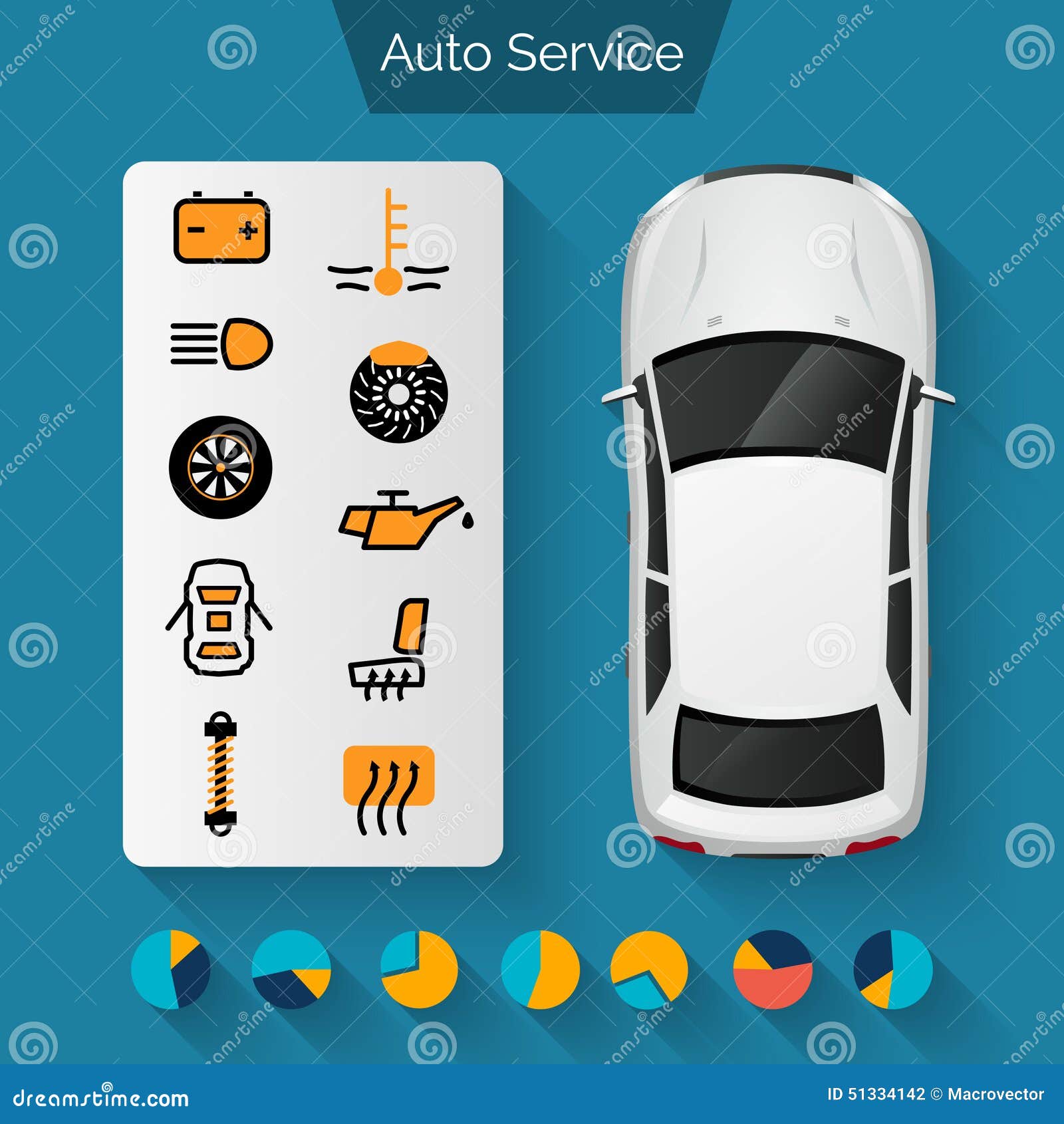Looking For Quality On The Warning Lights Showed On Your Automobile'S Control Panel? Discover Exactly How They Relate To Your Vehicle'S Health And Safety
Looking For Quality On The Warning Lights Showed On Your Automobile'S Control Panel? Discover Exactly How They Relate To Your Vehicle'S Health And Safety
Blog Article
Authored By-Vinson Gilbert
When you lag the wheel, those beautiful caution lights on your control panel can be a little bit complicated. Do you know what they're trying to inform you regarding your cars and truck's wellness? Comprehending the significance of these lights is essential for your security and the long life of your car. So, https://fernandofcwqk.blogdosaga.com/32047378/learn-how-eco-friendly-cars-and-truck-detailing-products-can-boost-your-lorry-s-sparkle-while-shielding-the-planet-uncover-the-lasting-alternatives-waiting-on-you following time among those lights pops up, would not you wish to decode its message precisely and take the needed actions to address it?
Common Warning Lights and Interpretations
Recognize typical warning lights in your cars and truck and comprehend their definitions to make sure risk-free driving.
One of the most regular warning lights consist of the check engine light, which indicates issues with the engine or emissions system. If go here comes on, it's crucial to have your automobile inspected quickly.
The oil stress alerting light suggests reduced oil stress, requiring immediate interest to stop engine damages.
A blinking battery light might recommend a damaged billing system, potentially leaving you stranded if not addressed.
The tire stress surveillance system (TPMS) light alerts you to low tire stress, affecting vehicle security and fuel performance. Ignoring this could result in harmful driving conditions.
The abdominal light shows a problem with the anti-lock braking system, jeopardizing your capability to quit rapidly in emergencies.
Finally, the coolant temperature level cautioning light warns of engine getting too hot, which can lead to serious damages otherwise dealt with swiftly.
Understanding these typical caution lights will certainly assist you address problems promptly and preserve risk-free driving conditions.
Value of Prompt Attention
Recognizing the common warning lights in your auto is just the first step; the relevance of quickly addressing these cautions can't be highlighted sufficient to ensure your safety when traveling.
When a caution light brightens on your control panel, it's your automobile's method of interacting a possible problem that needs interest. Disregarding these warnings can bring about a lot more extreme troubles later on, jeopardizing your security and possibly costing you extra in repairs.
Prompt attention to alerting lights can prevent break downs and crashes. For instance, a flashing check engine light might suggest a misfire that, if left unattended, can trigger damage to the catalytic converter. Addressing this without delay can conserve you from an expensive fixing.
Likewise, a brake system cautioning light might signal reduced brake fluid or worn brake pads, vital elements for your safety and security when driving.
DIY Troubleshooting Tips
If you observe a caution light on your control panel, there are a couple of DIY troubleshooting tips you can try before seeking professional assistance.
The primary step is to consult your automobile's guidebook to comprehend what the specific warning light indicates. In some cases the concern can be as simple as a loosened gas cap causing the check engine light. Tightening up the gas cap might deal with the problem.
One more typical issue is a low battery, which can activate numerous warning lights. Examining the battery links for rust and ensuring they're safe and secure could fix the issue.
If a warning light persists, you can attempt resetting it by detaching the vehicle's battery for a few minutes and after that reconnecting it. Additionally, examining your vehicle's fluid levels, such as oil, coolant, and brake fluid, can aid troubleshoot advising lights connected to these systems.
Verdict
In conclusion, recognizing your vehicle's warning lights is essential for maintaining your vehicle running efficiently and safely. By promptly attending to these informs and understanding what they indicate, you can prevent pricey repairs and prospective break downs.
Keep in mind to consult your car's guidebook for certain information on each advising light and do something about it appropriately to make sure a trouble-free driving experience.
Remain educated, stay risk-free when traveling!
